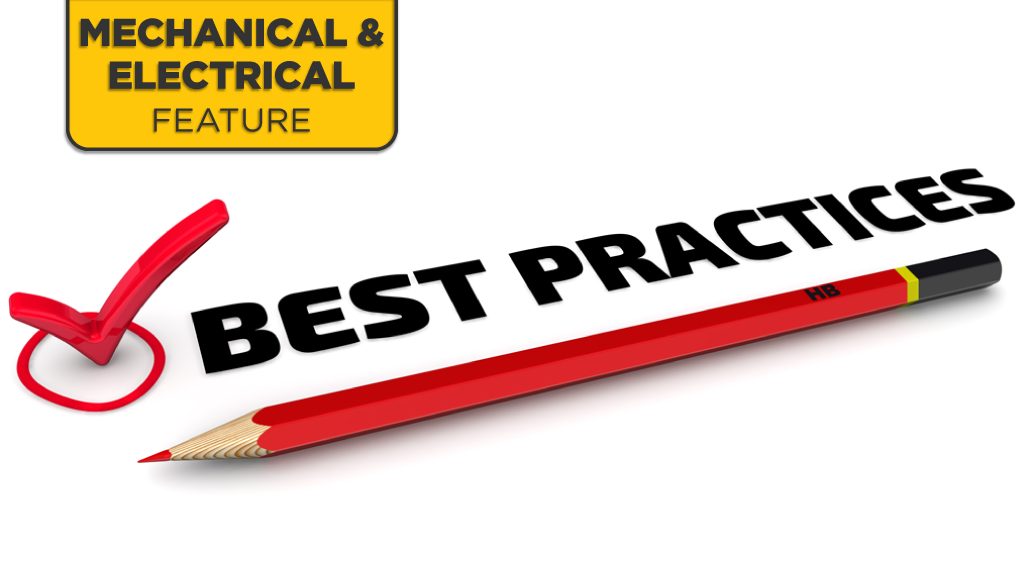The lessons learned from the Covid-19 pandemic impacts could open doors for a renewed interest in HVAC upgrades and installations when things return to normal.
Martin Luymes, vice-president, government and stakeholder relations at the Heating, Refrigeration and Air Conditioning Institute (HRAI) of Canada says the industry is looking at new opportunities post-Covid and believes there’s going to be refocused attention on indoor air quality.
On the ICI side, Luymes says, the HRAI has tabled research and recommendations with the government around improving air quality in schools but says money is an issue.
While there’s some $50 million announced for air quality upgrades in schools it works out to about $1,000 for each of Ontario’s 3,948 elementary and 880 secondary schools.
The research detail 11 areas of indoor air quality concern and some of the challenges faced in schools in upgrading systems.
Taking that research one step forward the same group is now looking air quality in long term care facilities where the virus proved the deadliest.
Still, Jeffrey Siegel, a professor of civil engineering at the University of Toronto who also contributed to HRAI research on school air quality says he’s hopeful there may be a new appetite to improved air quality but remains cynical at heart.
“I suspect more pessimistically that after some initial change we’re going to go back to the way things were before,” he says. “And that’s a shame because we’re missing an opportunity here.”
The issue is one of time perspective, he says. We know a virus can be fatal in the short term but we ignore that pollutants are toxic and can be fatal in the long term when they trigger diseases like cancer.
There are three main areas of air quality control engineers and regulators need to look at he says and that’s source control, ventilation and air cleaning.
“We do things like hand washing and wear masks to control COVID transmission at the source but if there’s a smell of manure in the room we tend to treat the air not get rid of the source of the problem, which is removing the manure itself,” he says noting it was analogy used by 19th Century German chemist who pioneered air quality research.
“The big thing in indoor air quality is not to do something to make it worse, like cooking without venting properly.”
Ventilation again, isn’t as simple as opening a window because air quality outside can be worse such as in Los Angeles smog during the 1970s. “Though Toronto’s outdoor air quality is generally quite good for a city of this size.”
Even then, he says, until there’s a breeze or temperature differentials which moves the air there’s often no benefit to opening a window.
Cleaning the air with some kind of mechanical or other filtration system is also problematic because until properly applied it won’t work well.
“That’s not because its not a good filter it’s just not being used well,” he says. “Most air cleaners on the market don’t work that well.”
Luymes says cost is always the big hurdles when talking about air quality and control because it tackles something people don’t see.
“But it should not be held back by cost issues,” he says. “We are pointing out to people the kind of solutions we are capable of delivering today that vastly exceed what the building code requires.”
He says while everyone agrees indoor air quality is an important factor in health care settings, it’s just as important in other commercial buildings. Studies have long shown better air quality in offices produces happier, more productive employees.
Famed automaker Ferrari is so obsessive about the air inside their Maranello, Italy factory that in addition to state-of-the-art ventilation and filtering they’ve also planted islands of small trees and shrubs to help absorb CO2 in order to maintain optimum quality for their employees assembling the luxury cars.
Luymes says signs point to a market where costs may not be the deciding factor in selecting and installing an air system because going the extra step will also help in the next pandemic.
“You can’t eliminate the virus so there’s no silver bullet, “he says. “But there are lots of promising technology which uses UV light to sanitize the air.”
Some of its simple things like ensuring if filtering is applied in a system that the system is also checked for leaks because that filters won’t work if air is spilling out unchecked.
“People don’t see the payback on $10,000 to $15,000 upgrade and they’re more interested in granite countertops and hardwood floors,” he says. “We think a lot more needs to be done with the Building Code in this area.”



Recent Comments